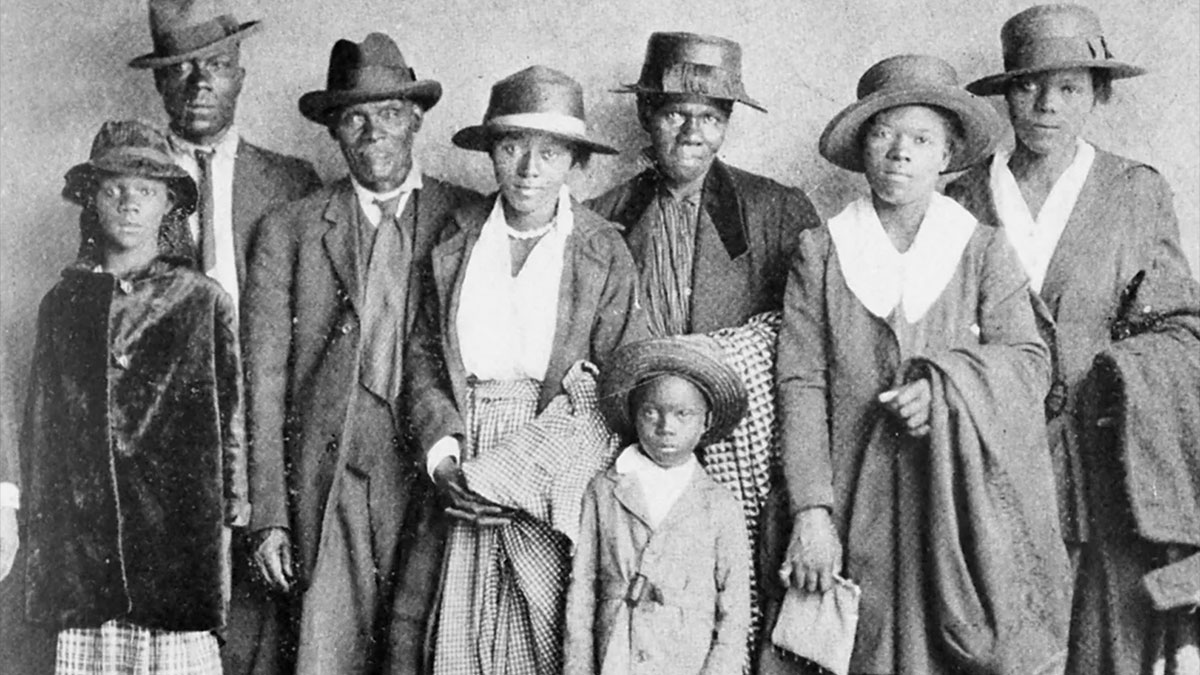
Dec. 31, 1970

Between 1916 and 1970, more than 6 million Black Americans moved from the South to the North, the West and the Midwest, changing the landscape of the nation. Before “The Great Migration,” more than 90% of Black Americans lived in the South and only 20% lived in urban areas. By 1970, more than 80% of Black Americans lived in cities.
In her Pulitzer Prize winning book, “The Warmth of Other Suns,” Isabel Wilkerson detailed how Black Americans left “the terror of Jim Crow” for “an uncertain existence in the North and Midwest.”
In his book, “The Promised Land,” Nicholas Lehmann called this migration “one of the largest and most rapid mass internal movements in history.”
The migration contributed to an explosion in creative arts, including the Harlem Renaissance and blues music in Chicago. In his book, “Diversity Explosion,” William Frey wrote that a reversal has since taken place, which “began as a trickle in the 1970s, increased in the 1990s, and turned into a virtual evacuation from many northern areas in the first decade of the 2000s.”

